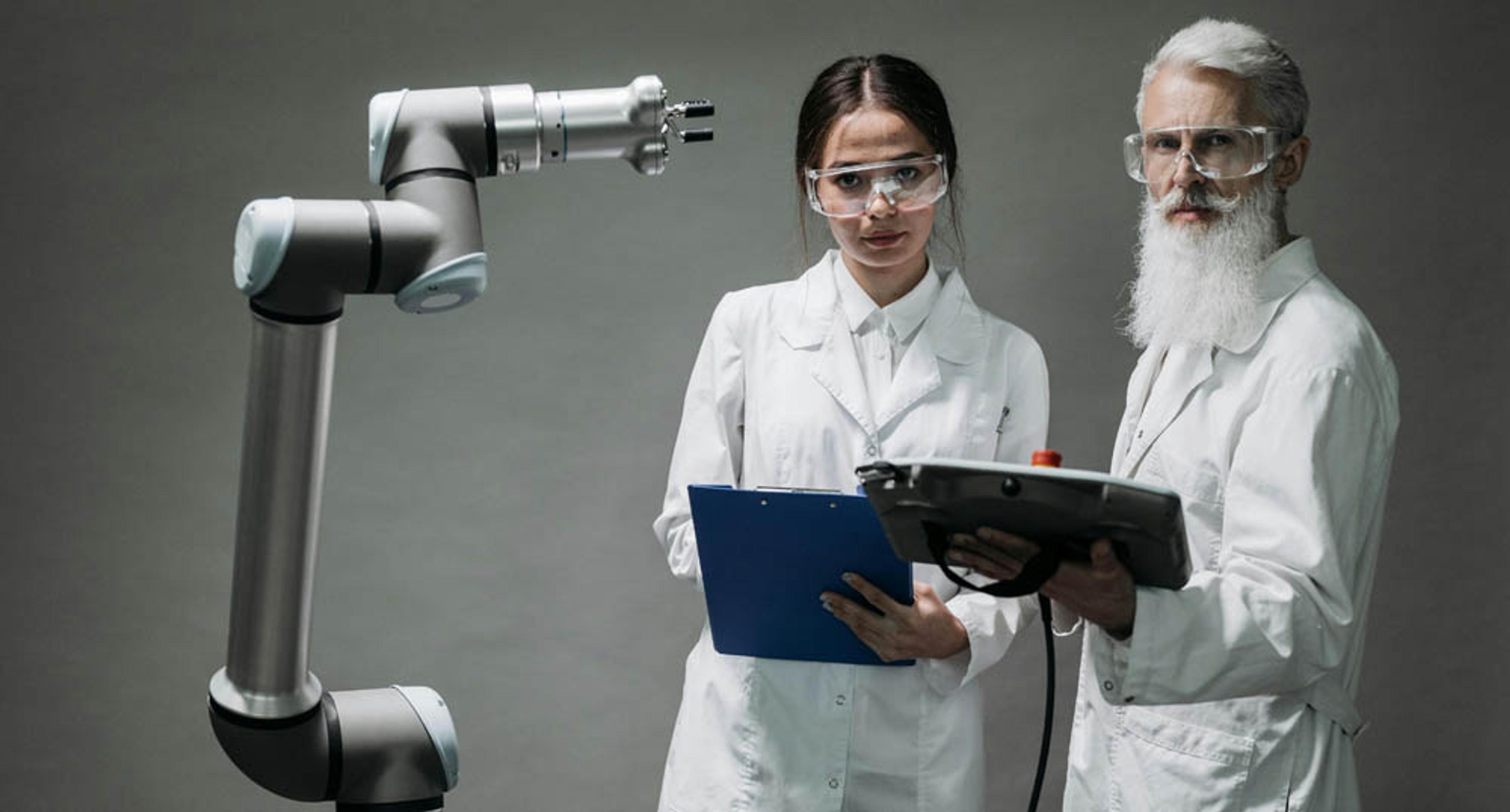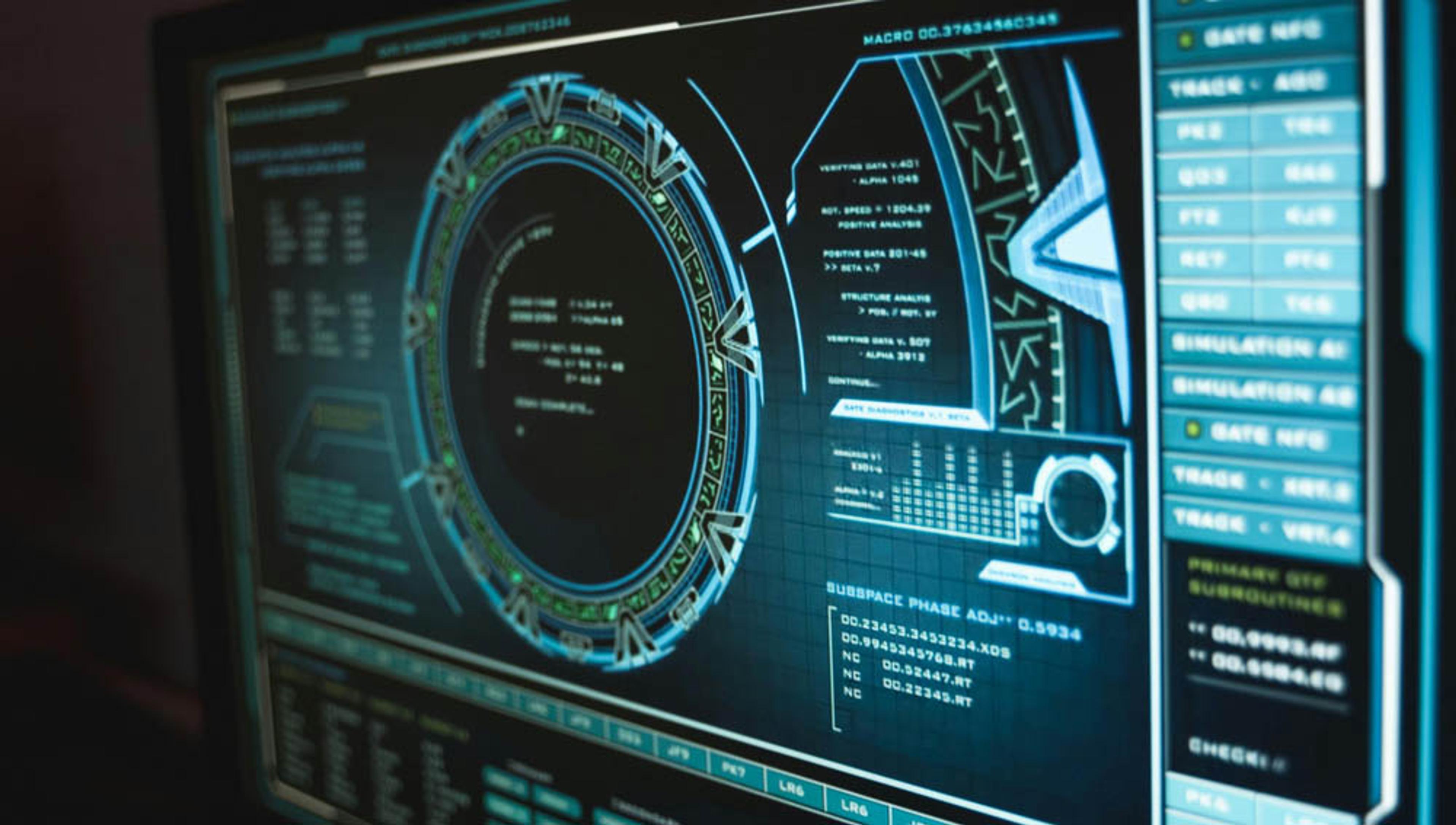Self-Healing Tests: How AI Is Reinventing QA Automation

When Tests Throw Tantrums
Every QA engineer has experienced that sinking feeling: you fix one bug, run the automation suite, and suddenly a sea of red appears. Feel like a game of Whack-A-Mole, but this is no game! The culprit? Not a catastrophic system failure - just a slightly renamed button or a shifted API endpoint that sent your meticulously crafted tests spiraling into chaos.
It’s like having a robot assistant who throws a tantrum every time you move the furniture. “Where’s the chair I used to sit on?” it screams (metaphorically). “How can I click ‘Submit’ if you’ve changed it to ‘Send’?”
This relentless cycle of updating broken scripts is the unglamorous reality of test automation. The tools may be modern, but the maintenance process often feels medieval. Fortunately, artificial intelligence has entered the QA arena with a new superpower - self-healing tests - and it’s rewriting the rules of automation maintenance.
The Test Maintenance Bottleneck
The Hidden Cost of “Set It and Forget It”
Automation testing was supposed to make life easier. Run scripts overnight, catch regressions, and sip your morning coffee while the bots do the heavy lifting. In reality, test maintenance often consumes up to 30–50% of total automation effort, according to industry surveys.
Why? Because applications evolve. UI elements change, APIs get versioned, and object locators shift. Traditional scripts rely on static identifiers - so even minor tweaks can break dozens of test cases.
The result is a paradox: teams automate to save time but end up maintaining automation instead of expanding coverage or focusing on strategic quality improvements. Testing Automations are not as time saving as everyone first thought, and although after lots of trial and error and learning, a Testing Lead can make Automated testing save some time and effort, as well as ensure thorough and consistent testing.
Manual Maintenance: The QA Hamster Wheel
Manual test upkeep feels like running on a hamster wheel - lots of effort, little progress. Every sprint, QA engineers spend precious hours debugging “false positives” caused not by actual defects, but by outdated scripts.
Imagine updating 200 scripts because a button ID changed from btn-login to login-button. It’s a small change for a developer but a big headache for a QA team. Multiply that across hundreds of UI and API tests, and suddenly, your automation suite is more fragile than functional.
This bottleneck is precisely what AI-powered self-healing aims to eliminate.
Again, this is all related to the larger concept of automated testing in general, and manual testing is still an option. In order to understand the true benefit, it is important to understand the difference between automated testing and manual testing .
What Are Self-Healing Tests?
The Concept in Simple Terms
At its core, a self-healing test is like a test script with built-in intuition. When the application under test changes, the AI detects the difference, determines the most likely cause of the failure, and automatically updates the test to match the new reality - without human intervention.
If a “Login” button becomes “Sign In,” a traditional script fails. A self-healing one says, “Hmm, looks like the label changed, but this element still behaves like the login button,” and updates itself accordingly.
How AI Powers Self-Healing
AI and machine learning make this adaptability possible by analyzing multiple signals beyond static identifiers. A self-healing framework considers:
- Element attributes: IDs, names, XPaths, and CSS selectors
- Visual cues: Layout, hierarchy, and similarity to previous versions
- Behavioral data: User actions, click patterns, or API response schemas
- Historical patterns: How the element evolved across builds
Using this multi-dimensional view, the AI engine predicts the correct element or endpoint even when the codebase has shifted. It’s like giving your tests a sixth sense - or at least a better memory.
How Self-Healing Tests Work in Practice

Like many things, AI Self Healing Testing sounds good in theory, but how would it actually function when applied to a working situation? Below is a step by step run down on how it might actually function:
Step 1: Detection
When a test fails, the AI first identifies whether the failure stems from an actual bug or a UI/API change. It compares the current application state against previous snapshots or baselines.
Step 2: Analysis
Next, it evaluates possible replacements for the broken element using similarity scoring. For example, if a div with ID submit-form disappears, but a new div named send-form appears in the same hierarchy, the system calculates a high match probability.
Step 3: Healing
If confidence exceeds a certain threshold (say, 90%), the test automatically “heals” by updating the locator or endpoint. Some tools log the change and rerun the test immediately to confirm stability.
Step 4: Learning
Over time, the system refines its predictions based on successful healings, gradually improving accuracy. This continuous learning loop turns the automation suite into a smarter, more resilient asset with each release.
Business Impact: From Fragile Automation to Scalable Quality
Drastically Reduced Maintenance Costs
The most obvious benefit is time savings. With AI handling repetitive locator fixes, QA engineers can redirect effort toward strategic initiatives - expanding coverage, designing better test data, and enhancing test logic.
Organizations that adopt self-healing frameworks report maintenance time reductions of 60–80%. That translates directly into faster release cycles and lower QA costs.
Improved Stability and Confidence
A brittle automation suite undermines confidence. When half the test failures are false alarms, teams start ignoring results. Self-healing tests dramatically reduce noise, helping QA regain credibility and trust within development teams.
More stable automation means consistent coverage and fewer surprises during production.
Accelerated CI/CD Pipelines
In fast-moving DevOps environments, where code changes hourly, manual maintenance is unsustainable. Self-healing capabilities ensure tests adapt almost as quickly as the software they monitor, keeping continuous integration (CI) and continuous delivery (CD) pipelines flowing smoothly.
Strategic Competitive Advantage
From a business perspective, AI-driven QA isn’t just about efficiency - it’s a competitive differentiator. Companies that release reliable software faster gain an edge in customer satisfaction, innovation speed, and market responsiveness.
Real-World Applications and Tools

Popular AI-Powered Testing Platforms
Several platforms now offer built-in self-healing features:
- Testim – Uses AI to identify elements dynamically and adapt to UI changes.
- Mabl – Employs machine learning for auto-healing across web and API tests.
- Functionize – Leverages natural language processing (NLP) and AI-driven healing for test robustness.
- Katalon Studio – Integrates self-healing locators with version control for easy tracking.
- Tricentis Tosca – Offers model-based, self-healing automation for enterprise environments.
While implementations vary, the underlying goal remains consistent: reduce manual script updates and increase automation uptime.
Case Example: A Retail App’s Transformation
Consider a large e-commerce retailer with thousands of UI tests. Before adopting self-healing, nearly 40% of test failures per sprint were due to locator changes. After implementing an AI-based testing platform, maintenance dropped by 70%, and release readiness improved by two full days per cycle.
The QA team could finally shift focus from firefighting to proactive test design and analytics - a qualitative leap in value.
Challenges and Considerations
Not a Magic Wand
Despite the hype, self-healing tests aren’t foolproof. False positives can occur when AI misinterprets an element change as equivalent when it’s not. For example, if two buttons look similar but trigger different workflows, blind healing could mask defects.
Therefore, human oversight remains essential - especially during the early learning stages or when dealing with critical business flows.
Balancing Automation and Control
Many organizations adopt a semi-autonomous model, where AI suggests healing options, but human testers approve or reject them. This hybrid approach combines speed with quality assurance.
Integration Complexity
Implementing self-healing features may require integration with existing frameworks like Selenium, Cypress, or Playwright. Ensuring compatibility, version control, and governance across teams can be a logistical challenge.
However, as vendors increasingly offer plug-and-play AI modules, these barriers are steadily diminishing.
Future Outlook: Smarter QA for Smarter Software
Beyond Healing: Predictive Testing
Self-healing is only the beginning. As AI models mature, testing tools will predict likely breakpoints before they occur. For instance, if a developer modifies a critical UI component, the system could automatically flag related tests for review or even simulate outcomes preemptively.
Autonomous Test Creation
Next-generation platforms are experimenting with AI-driven test generation - automatically writing scripts based on user flows or requirements documentation. Combined with self-healing, this could lead to nearly autonomous testing ecosystems that learn and evolve alongside the application.
QA’s Strategic Evolution
Ultimately, self-healing automation represents a larger shift in QA’s role. Instead of being gatekeepers of quality, testers become orchestrators of intelligence, managing systems that ensure software reliability at scale.
This evolution aligns perfectly with modern DevOps and AI-first strategies - where adaptability, speed, and learning are the new hallmarks of excellence.
Conclusion: Let the Bots Do the Boring Stuff

In the end, the promise of self-healing tests isn’t just fewer broken scripts - it’s freedom. Freedom for QA professionals to focus on creativity, exploration, and innovation rather than endless locator debugging.
AI-powered automation doesn’t replace human testers; it empowers them to operate at a higher level. The machines can handle the routine; humans can handle the remarkable.
For any organization trapped in the cycle of test maintenance hell, self-healing tests offer a clear path forward - one where QA isn’t a bottleneck but a catalyst for faster, smarter, and more reliable software delivery.
So the next time a button changes names, let the bots handle it. They’re getting pretty good at self-care.
ScreamingBox provides world class development for AI, Web and Mobile, as well as being able to bring our clients the latest QA and Testing technologies and engineers.
Please CONTACT US - if you wish to discuss how we can help your business grow and how to implement the best AI and QA Testing Automation and manual testing.
Check out our Podcast on Problem Solving Strategies .
ScreamingBox's digital product experts are ready to help you grow. What are you building now?
ScreamingBox provides quick turn-around and turnkey digital product development by leveraging the power of remote developers, designers, and strategists. We are able to deliver the scalability and flexibility of a digital agency while maintaining the competitive cost, friendliness and accountability of a freelancer. Efficient Pricing, High Quality and Senior Level Experience is the ScreamingBox result. Let's discuss how we can help with your development needs, please fill out the form below and we will contact you to set-up a call.